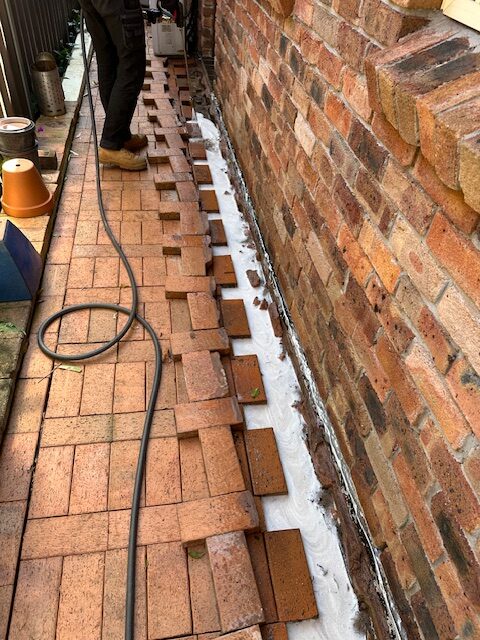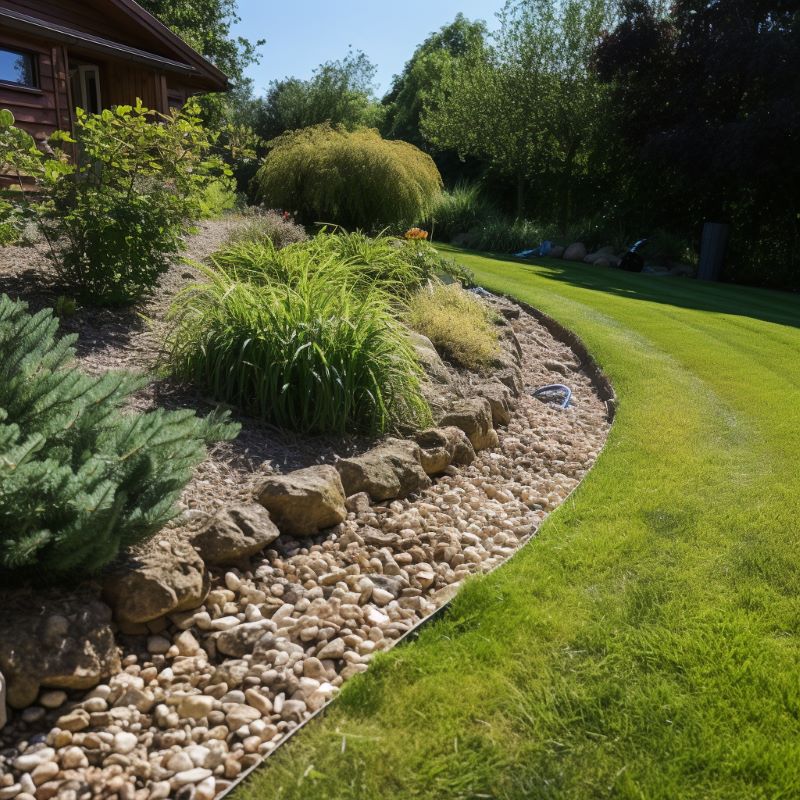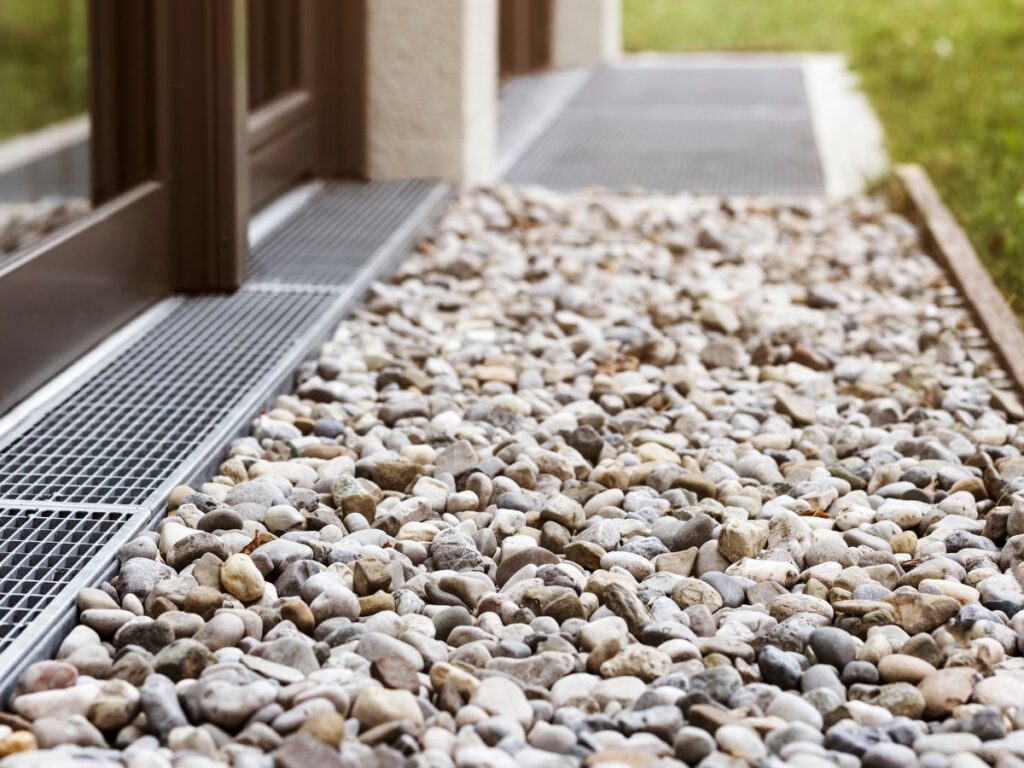Landscaping not only enhances the visual appeal and value of your home but also requires careful planning to maintain the integrity of essential termite barriers. These protective systems are crucial in safeguarding your property against damaging termite infestations. However, certain landscaping decisions and maintenance practices can inadvertently compromise these barriers, diminishing their protective capabilities. This guide aims to provide you with vital strategies and insights to ensure that your landscaping choices do not jeopardize your termite defenses while effectively preserving these protective systems around your home.
Discover the Essential Role of Termite Barriers in Protecting Your Home
Termite barriers are specialized protective measures, either physical or chemical, installed strategically around or beneath your home to prevent termites from accessing your property. Every homeowner should prioritize having a comprehensive termite management system, and understanding the type currently in place is essential for effective property maintenance. A straightforward way to confirm this information is by checking the details located in your electrical meter box. These barriers are vital in protecting structures, especially in regions like Sydney’s Hills District, where termite activity is particularly high. Implementing and maintaining these systems is crucial for long-term property protection.
- Physical Barriers: Constructed from durable materials such as stainless steel mesh or graded stones, these barriers are installed below a building to effectively prevent termites from tunneling through and compromising structural integrity.
- Chemical Barriers: This method involves applying liquid termiticides to the soil surrounding a structure, creating a treated zone that deters or eliminates termites from accessing your home and protecting your investment.

Recognizing Landscaping Practices That Could Threaten Your Termite Barriers
Many common landscaping practices can unintentionally damage or undermine the integrity of termite barriers, creating vulnerabilities that could lead to severe infestations. Understanding these practices is essential for maintaining effective protection against termites and ensuring your home remains safe from potential damage.
1. Planting Too Close to Your Home
When plants, shrubs, or trees are positioned too near your house, they can introduce a range of issues:
- Roots may penetrate physical barriers or disrupt the treated soil in chemical barriers, significantly reducing their effectiveness and compromising your property’s defenses.
- Dense vegetation can retain moisture adjacent to the building’s foundation, creating an inviting environment for termites to thrive and potentially invade your home.
2. Adding New Soil or Mulch
Introducing layers of soil or mulch near the foundation can create a bridge over chemical barriers, allowing termites to bypass these essential protections. Organic mulch is especially problematic as it can serve as both food and shelter for termites, making it an attractive habitat for these pests, increasing the risk of infestation around your home.
3. Paving and Hardscaping Projects
The installation of paving, patios, or retaining walls near your property can disrupt existing termite barriers. The excavation and soil movement required for these projects might compromise the chemical seal or create gaps in physical barriers, leading to increased vulnerabilities and potential termite access points.
4. Irrigation System Considerations
Poorly designed or excessively watered irrigation systems can saturate the soil surrounding your foundation. This not only dilutes the effectiveness of the termiticides in chemical barriers but also fosters a favorable environment for termite proliferation, making it critical to monitor your irrigation practices closely.

Implementing Landscaping Techniques to Protect Termite Barriers
1. Ensure Safe Clearance from Your Home
- Maintain a distance of at least 50 cm between plants and trees and your home’s foundation, creating a safe barrier that protects against termite access and promotes healthy growth.
- Select smaller, non-invasive plants that are less likely to develop extensive root systems capable of interfering with your barriers, ensuring that your termite protection remains intact.
2. Choose Termite-Resistant Mulch Options
- Opt for inorganic mulches such as gravel or stone, or consider using termite-resistant materials like cedar or cypress chips to minimize risk and discourage pest habitation.
- Keep mulch piles to a maximum height of 5 cm and maintain them at least 15 cm away from the foundation to reduce moisture retention and discourage termite activity and infestations.
3. Avoid Disrupting the Barrier During Landscaping
- Consult with a professional before engaging in any digging or installation of landscaping features near your home to prevent disturbing the termite barriers or termite baits, ensuring that your protective measures remain effective.
- If soil alterations are necessary, it’s advisable to have the barrier reinspected and potentially retreated to ensure ongoing protection against termites and maintain your home’s safety.
4. Thoughtful Design Considerations
- Position irrigation systems away from the foundation to prevent excessive moisture accumulation near the barrier, which can attract termites and lead to infestations.
- Install root barriers for larger trees to prevent roots from encroaching on the termite barrier and causing potential damage to these critical protective systems.
- Be mindful of termite reticulation pipes to avoid damaging them during landscaping activities, ensuring that your home remains safeguarded.
Immediate Steps to Take if Your Termite Barrier is Compromised
If landscaping activities or natural events have disturbed your termite barrier, taking swift action is essential to protect your home from potential infestations:
- Schedule a Professional Inspection: A thorough termite inspection is crucial to identify vulnerabilities and determine whether termites have breached your protective barriers, ensuring your home remains safe.
- Reinforce Your Barrier: Based on the inspection results, physical barriers may need repairs, while chemical barriers might require retreatment or a top-up to restore their effectiveness and protect your home.
- Implement Regular Monitoring: Routine inspections for termites are essential to ensure that your barrier remains intact and your property stays protected from infestations, promoting long-term safety.
Landscaping Strategies That Strengthen Termite Protection
With thoughtful planning and strategic design, your landscaping can effectively support your termite protection efforts:
- Incorporate gravel paths or decorative stones along the foundation to create a dry zone that deters termite activity and reduces moisture retention.
- Utilize raised garden beds with sufficient clearance from the house to minimize moisture retention near the foundation, enhancing the effectiveness of your termite barriers.
- Regularly trim vegetation to ensure proper ventilation and reduce moisture buildup, creating an inhospitable environment for termites and enhancing your home’s defenses.

Landscaping can be designed thoughtfully to enhance, rather than compromise, your termite barriers. By developing a thorough understanding of how various landscape designs impact termite protection, you can achieve a beautiful and pest-free home environment. For expert termite advice or assistance with maintaining your barriers, reach out to our knowledgeable team today. Let us partner with you to secure your home while you create the landscape of your dreams.
The Article: Termite Barriers for Effective Landscaping Solutions first appeared on https://writebuff.com.
The Article Termite Barriers: Essential Solutions for Landscaping Was Found On https://limitsofstrategy.com
Comments
6 responses to “Termite Barriers: Key Solutions for Effective Landscaping”
This post really hits home for me. I remember when I first got my home, I was so focused on making the garden look pretty that I completely overlooked the termite barrier. It’s interesting how we often think of landscaping just in terms of aesthetics, but it’s crucial to view it through the lens of protection as well.
I completely relate to your experience. It’s easy to get swept up in the visual appeal of a garden, especially when there are so many beautiful plants and designs to choose from. I remember when I first started landscaping my yard, I was all about the flowers and the perfect patio setup, but it took a bit of research before realizing how important the underlying structures are—like pest barriers or proper drainage.
It’s fascinating to see how landscaping decisions can have such a significant impact on the structural health of our homes, particularly regarding termite barriers. I’ve personally experienced the importance of these protective systems during a friend’s home renovation where they overlooked the alignment of their landscaping with the existing termite management strategy. They ended up facing a costly infestation because the new flower beds inadvertently created moisture traps that attracted termites.
This is such an important topic, and I appreciate the insights you’ve shared regarding the intersection of landscaping and termite barrier integrity. It certainly resonates with me, particularly as I navigate maintaining my own home and yard. I’ve often found that homeowners, including myself, get swept up in the aesthetics of landscaping—choosing beautiful plants or trendy garden features—without fully appreciating the underlying structures, like termite barriers, that play such a crucial role in protecting our investments and well-being.
You’ve touched on something that many homeowners grapple with: the balance between making our spaces beautiful and ensuring they remain structurally sound. It’s easy to get wrapped up in the excitement of choosing vibrant flowers or unique patio stones, but those lovely features can sometimes overshadow critical maintenance aspects like termite barriers.
This post really resonated with me, especially since I embarked on a landscaping project last summer. It’s easy to think about how plants and flowers will beautify our yards but overlook the more technical aspects, like termite barriers. I didn’t realize how landscaping choices could inadvertently put them at risk until it was almost too late!